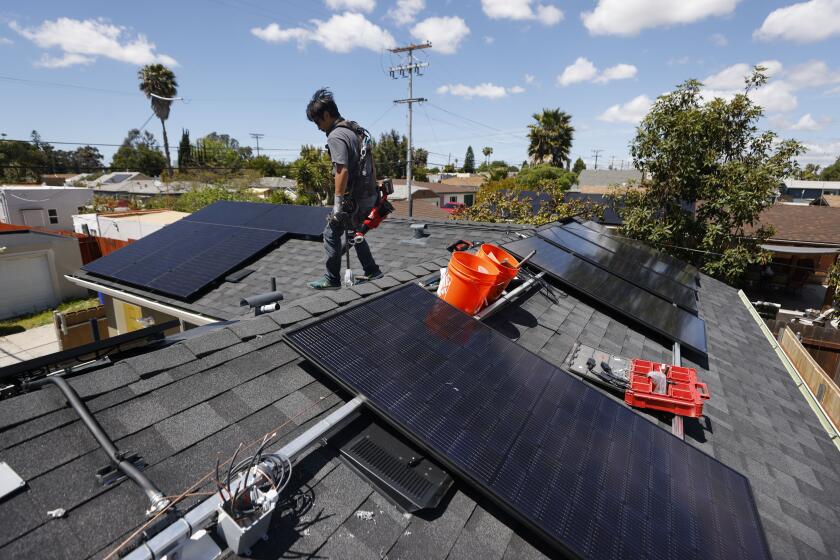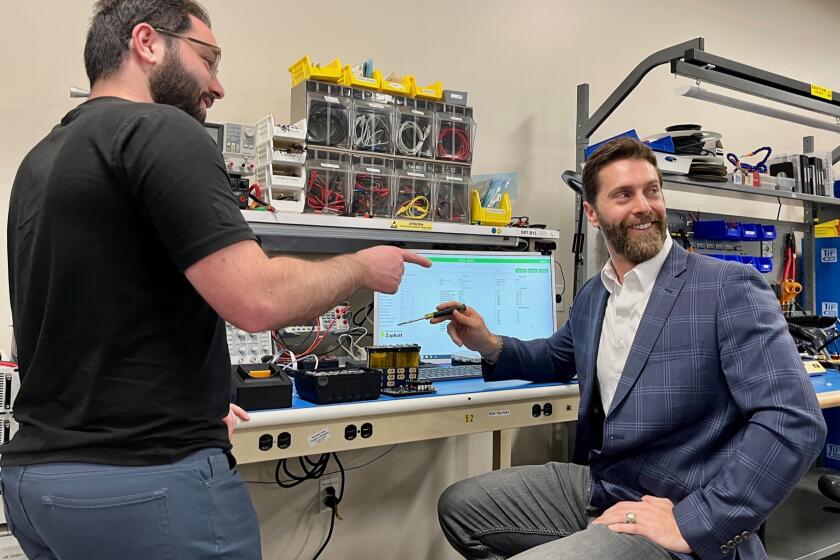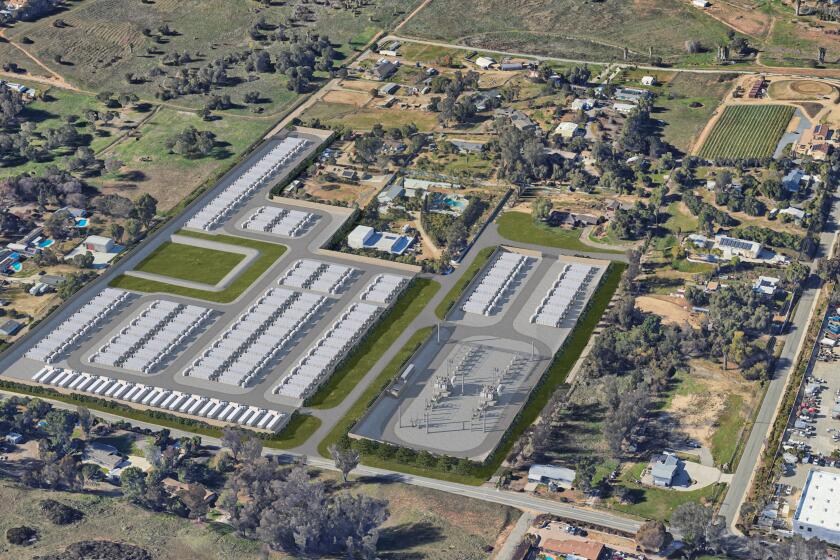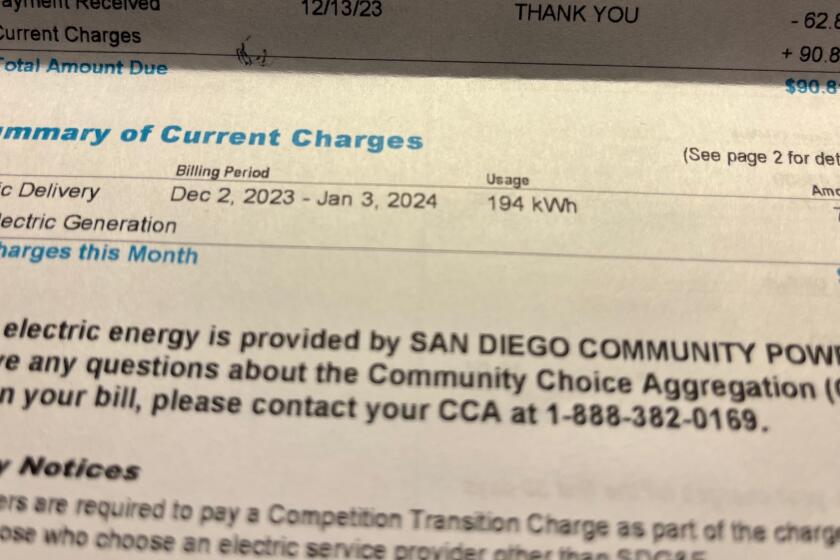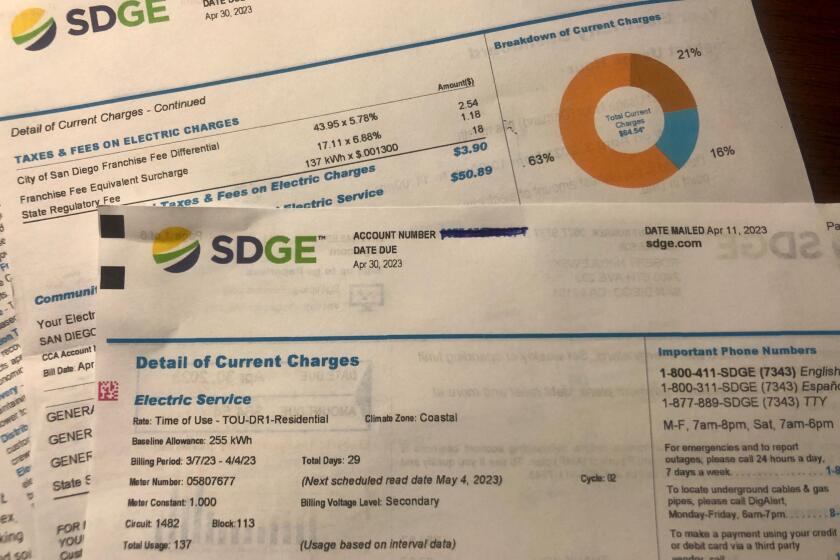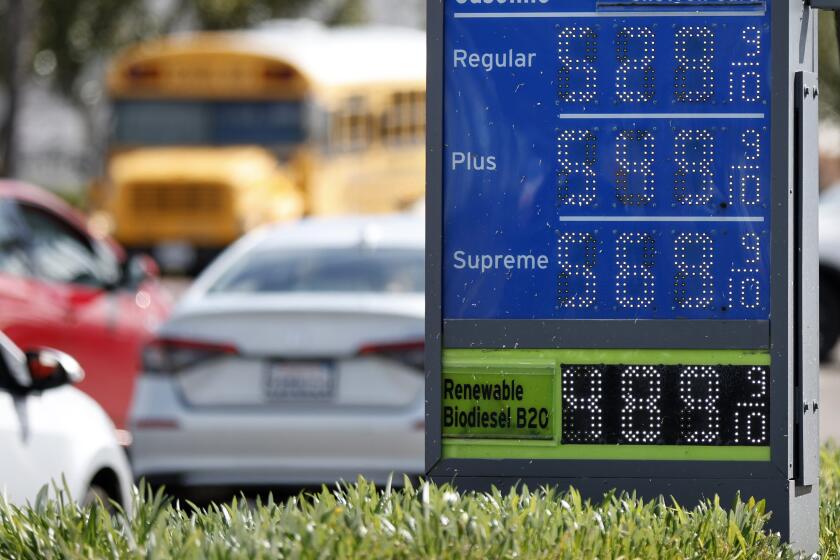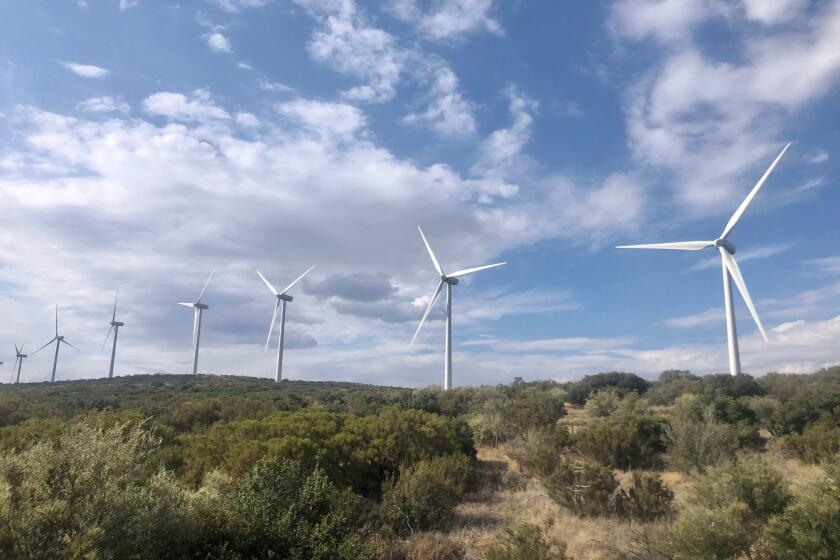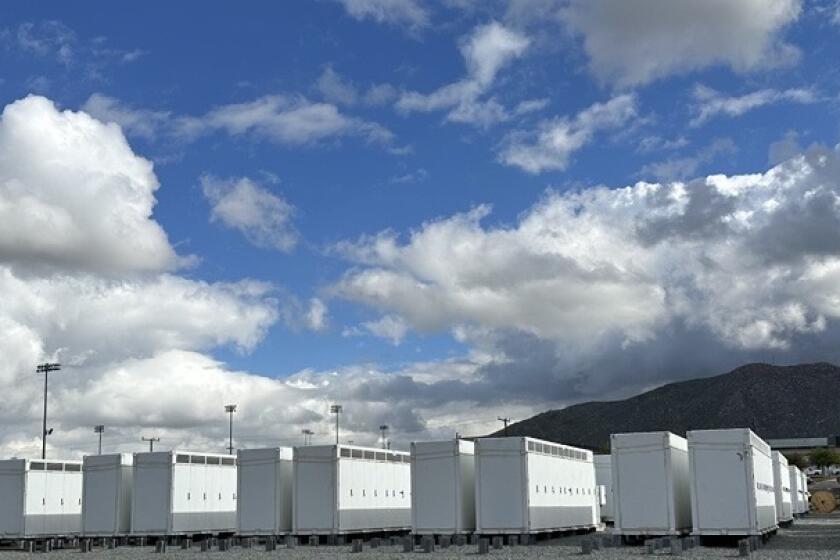Sempra’s subsidiary in Mexico still awaiting final LNG export permit
Sempra Energy’s plan to add a potentially lucrative export facility to the liquefied natural gas plant that its subsidiary in Mexico operates in Baja California is getting tricky.
The subsidiary, IEnova, has been waiting for months to receive a final permit from the Mexican government that would give the company the green light to expand its Energía Costa Azul plant near Ensenada.
At this time last year, Sempra and IEnova officials said they expected to receive the permit in the first quarter of 2020. Then the timeline was pushed back to the second quarter and then the third quarter.
During a quarterly earnings call with financial analysts Thursday, company officials said they now anticipate making a decision on expanding Energía Costa Azul by the end of the year.
“I believe we’re in a positive path towards obtaining the export permit shortly,” said IEnova CEO Tania Ortiz Mena. “And our plan is to be able to declare a final investment decision immediately thereafter ... We’re ready to go.”
Reported to last 20 years, the permit would be the first of its kind in Mexico. The novelty of the permit has been cited as one of the reasons for the delays. In addition, the economic effects of the COVID-19 pandemic have slowed down some administrative work by the Mexican government.
“Those two pieces are absolutely valid, especially the part about COVID,” said Jeremy Martin, vice president of Energy and Sustainability at the Institute of the Americas, a think-tank located at the University of California San Diego. “There were probably two or three months of delay, 100 percent ascribed to the COVID situation.”
Mexico’s president, Andrés Manuel López Obrador, has been a longtime critic of energy reform measures put in place by his predecessors that encouraged private investment by foreign companies into the Mexico energy and power sectors.
Since coming into office in December 2018, the López Obrador administration has suspended oil bloc auctions and the Energy Ministry tried to slow down private clean energy generation — efforts aimed to bolster the financial positions of the country’s state-run energy companies.
Earlier this week, the CEO of Spanish energy company Iberdrola threatened to stop investing in Mexico if the López Obrador administration is not open to encouraging foreign and private investment.
Martin said he would be uncomfortable saying the López Obrador administration is holding up the IEnova LNG permit.
“I think there’s a huge array of examples why there seems to be a perception that this project is being delayed for ideological reasons but I can’t draw that conclusion definitively,” Martin said.
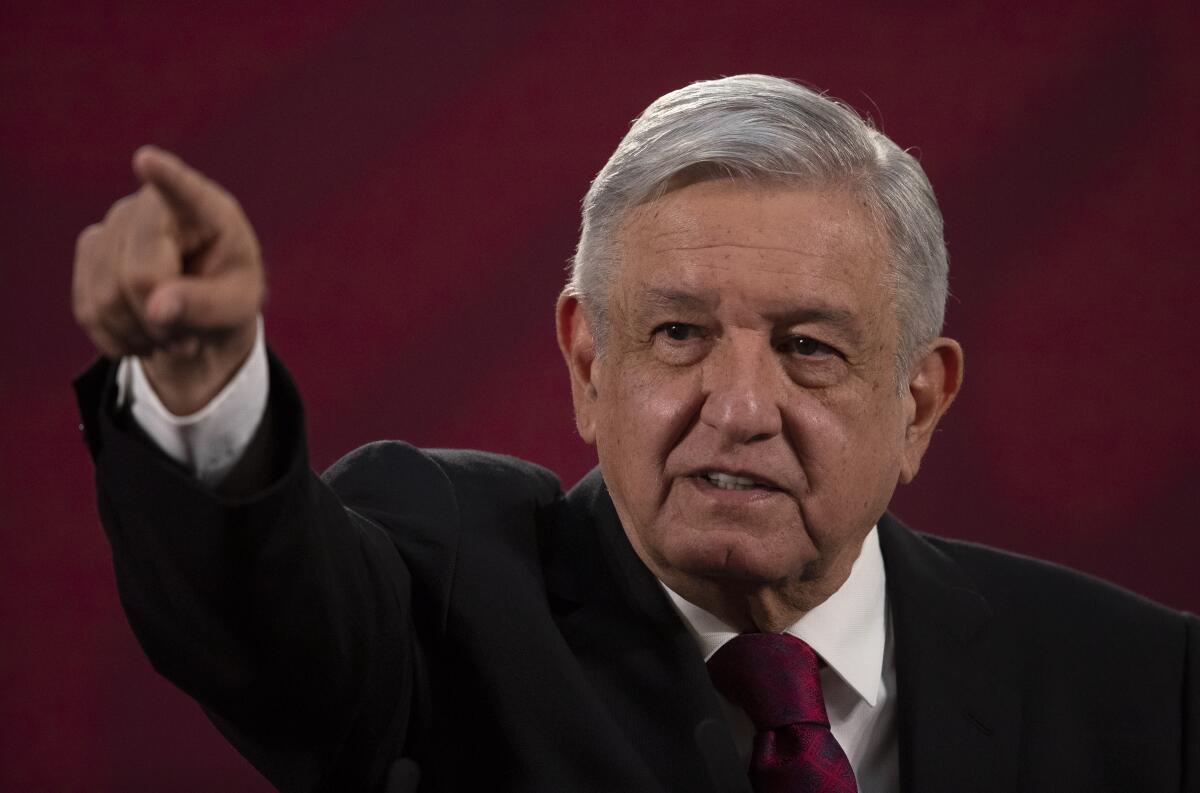
Energía Costa Azul expansion is considered to be a big money-maker because of its location on the Pacific coast. China, Japan and other Asian countries are hungry to receive cargoes of LNG because natural gas burns about twice as clean as coal and is relatively inexpensive.
The vast majority of LNG export facilities in North America are located in the Gulf Coast of Louisiana and Texas. In order to send LNG to Asian destinations, operators have to pay tolls to go through the Panama Canal.
But cargo ships leaving a terminal in Baja can bypass the tolls and arrive in Asia in about half the time as shipments from the Gulf Coast.
Energía Costa Azul opened in 2008 as an import facility but since then, natural gas production in the United States has boomed and a burgeoning LNG export market has sprung up, with San Diego-based Sempra Energy investing billions to become one of the industry’s global leaders.
If the project moves forward, the natural gas would come from the Permian Basin in West Texas and southeastern New Mexico via pipeline to Energía Costa Azul.
In the LNG process, facilities take the gas, cool it to minus-260 degrees Fahrenheit, load the liquefied product onto specially made cargo tanks on double-hulled ships and ship the LNG to markets overseas.
Sempra opened a $10 billion LNG facility on the Louisiana Gulf Coast last year and has plans to build an even bigger facility not far a away in the town of Port Arthur, Texas.
Earlier this month, López Obrador announced $14 billion for 39 infrastructure projects to help boost Mexico’s economy.
Among the projects is about $1.2 billion for an LNG facility called Salina Cruz in the state of Oaxaca. Proposed to be built by the government, Salina Cruz LNG would essentially mimic what Energía Costa Azul plans to do — take natural gas sourced from the U.S. and export it to foreign markets.
“We don’t believe this announcement impacts (Energía Costa Azul), as we understand Salina Cruz to be in the very earliest stages of development,” said Sempra spokeswoman PatyOrtega Mitchell, adding the project “shows alignment with our view that the construction of LNG export terminals on Mexico’s Pacific coast can benefit the country’s economic recovery through investment, tax revenue and jobs.”
The news came just two months after Reuters cited unnamed sources saying the López Obrador government asked IEnova to commit to building another export facility — this one in the port city of Topolobampo — in conjunction with government agencies to “sell off excess natural gas” before it would issue the Energía Costa Azul permit.
“That’s the idea where there could be some horse-trading” going on, Martin said.
Officials at Sempra and IEnova have not confirmed or denied the Reuters story.
On Thursday’s conference call, Ortiz Mena said, “We have a strong and constructive relationship with CFE (Mexico’s state-owned electric utility) and we would be interested in pursuing those type of initiatives ... We’re always looking at ways of helping CFE optimize their capacity.”
Get U-T Business in your inbox on Mondays
Get ready for your week with the week’s top business stories from San Diego and California, in your inbox Monday mornings.
You may occasionally receive promotional content from the San Diego Union-Tribune.


